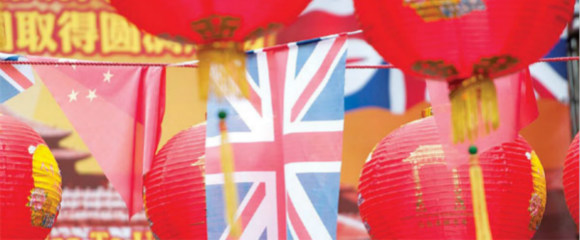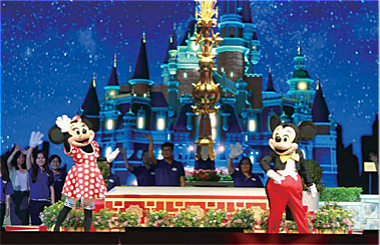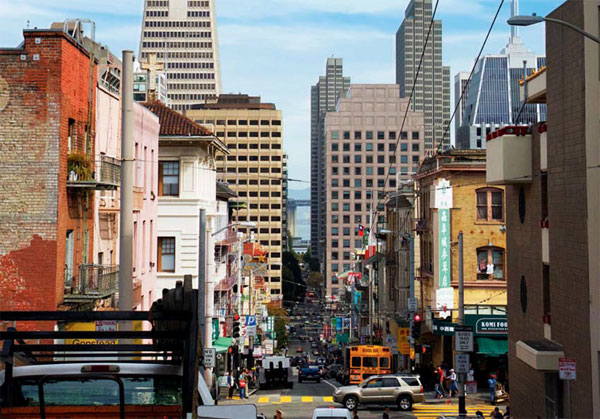Fear and faith in San Francisco
Updated: 2016-01-22 08:40
By David Dawson(China Daily Europe)
|
|||||||||||
|
|
The colorful early stories of the city's Chinatown were woven with the threads of hard work, vice, xenophobia and success
San Francisco's Chinatown may well be the largest outside of Asia, its success fueled in part by a particularly active community of Chinese diaspora.
Since the first Chinese arrived there in 1848, its story has been one weaving between gold rush fever, vibrant church communities, and tales of sex and vice, all set against periods of xenophobia, embodied by the 61-year-long Chinese Exclusion Act of 1882.
It is possible to pick and choose historical narratives that surround the city. For a more uplifting tale, one might focus on how in 1885 a San Francisco legal case managed to overturn the exclusion of two Chinese students.
Alternatively, one could look at how the San Francisco city government, that same year and in a climate of anti-Chinese sentiment and fear, formed a committee to quite literally map (and probably exaggerate) the extent of vice throughout Chinatown. The map came complete with a color key and delicate handwriting laying bare the spread of "gambling houses" and "opium resorts" as well as "Chinese prostitution" and "white prostitution" (which was also blamed on increased demand from Chinese immigrants).
But although the map may have been formed with anti-Chinese sentiments in mind, it was not as if it was entirely fabricated - far from it. San Francisco's reputation for vice had long been solidified as the backdrop for the exploits of Ah Toy, arguably the most famous femme fatale of the Wild West - a gorgeous Chinese prostitute and widow who worked her way up to owning a string of brothels, resisting the overtures of the ruthless Tong gangs, only to be laid low by racist laws.
In 1852, she boldly challenged in court a Chinese gang leader who was attempting to extort her. By 1854, however, the federal government introduced a law that prevented Chinese from testifying in court, removing any legal protections she may have had in an era when Chinese women were often trafficked in the sex trade (with Ah Toy a perpetrator as well, allegedly involved in trafficking girls as young as 11). Her tale later became the focus of a semi-fictional book entitled Daughter of Joy.
Given this narrative of vice, it is perhaps also wise to keep in mind that San Francisco was also the site of the first church catering to an Asian community in North America, now known as the Old St. Mary's Church. (Its proximity to streets of vice led the church to be moved, with a new St. Mary's opening in 1891). The very stones that made the foundation of the Old St. Mary's were cut and shaped in China before being shipped to the US, where it was built through the sweat and toil of Chinese laborers, despite the fact that it wasn't originally intended to cater to Chinese immigrants.
The first Chinese in the US tended to go to Baltimore, but gold rush fever drew them to California and toward San Francisco. In 1906 the Chinatown community burned to the ground and attempts were made to move it to a less desirable location; however, a spirited campaign allowed it to remain near the heart of the city.
Today's narrative of the Chinese community in San Francisco is no less nuanced and generally much less xenophobic, and the headlines tend to belong to its success stories.
Courtesy of The World of Chinese, www.theworldofchinese.com
Today's Top News
Global push
AIIB chief vows to run clean, lean, green institution
'More Europe' to deal with 'triple crisis'
China gives beleaguered Tsipras a helping hand
China injects note of confidence in Davos
China and Gulf nations resume free trade talks
IMF starts to select new chief
Merkel insists on European solution for refugee crisis
Hot Topics
Lunar probe , China growth forecasts, Emission rules get tougher, China seen through 'colored lens', International board,
Editor's Picks

|

|

|

|

|

|







